We have had several inquiries lately for Persian weddings and we have done quite a few over the years. I wanted to showcase one of my favorites and talk a little about what is actually involved in a Persian Wedding. I have always found multi-cultural weddings absolutely thrilling. This particular wedding drew from Iranian, “American” and Thai traditions (the groom was working in Thailand at the time).
I want to really just focus on the details of what makes a Persian ceremony so wonderful as so many websites do great job of explaining what a sofreh-ye-aqd (or Agdh) is – but rarely have photos! So for my upcoming engaged couples that are looking for a little more photo action for the “Persian wedding cloth”…here it goes.
There are two stages to a Persian wedding/marriage. The first is called “Agdh” or “Aqd”, which is the legal process of getting married. Typically the couple and their parents will sign a contract together. The second stage is the “Jashn-e Aroosi” (the wedding celebrations and festivities). In Iran, most traditional celebrations can last up to 2 to 7 days! Let’s just say for simplicity purposes, if you are here in the States, this will most likely only last 4-6 hours!
The ceremony will always have an elaborately decorated cloth on the floor which is called the “Sofreh-ye Aghd” (or “aqd”). You will need to have a bench or a love seat as you must sit close to each other during the ceremony and face east towards the direction of the sun. When planning your ceremony, you need to make sure you visit your ceremony site at the time of day that your actual ceremony will take place. This will help in the layout of your sofreh and chairs for guests. You may have restrictions due to the size and space of your venue. With the photos seen here at GW River Farm, the couple chose to have their ceremony outside (near their 1st ceremony – which was a mix of Western and Thai traditions). It is, however, customary to have the sofreh-ye agdh at the bride’s parents’ home. The arrival of your guests starts the wedding ceremony (so don’t expect it to start on time). This couple was smart by having their western ceremony first as it gave sufficient time for latecomers to be available for the Persian ceremony. Parents and elders welcome all of the guests and guide them to their seats. If one of you is not Persian, be sure to take the lead from the Persian side of the wedding. (Just a note: each family is different in respect to traditions – so be sure to ask what your family can be doing to help or to simply stay away from if you are not the Persian side.) After all the guests have arrived, the groom takes his place first, before the bride, on the right hand side of the bench or loveseat. The right side is thought to be a symbol of respect.
The underlying cloth that is spread below all of the elements of the sofreh is generally passed from mother to daughter (or son) However, you can always start your own tradition with a new cloth! The cloth is normally made of Cashmere.
Here are the different elements typically displayed on the Sofreh-Ye Agdh:
Mirror (of fate) “Aayeneh-ye Bakht” and two Candelabras (or candles with holders) represent the brightness in your future and are placed on each side of the mirror. When the bride enters the ceremony, she traditionally has a veil covering her face. This particular bride chose not to do this. (When having a multi-cultural wedding, rules can typically be bent a little – just be sure to include your parents in the rule breaking before you break them!) Once the bride sits besides her groom, she removes her veil and the first thing that the groom should see (or look for) in the mirror should be the reflection of his wife-to-be. It is important to note that if you are having a same-sex ceremony, veils do not have to be used, however, the mirror element is important to be able to see a bright future ahead for your marriage.
A tray of seven multi-colored herbs and spices (“Sini-ye Aatel-O-Baatel”) are artfully displayed to guard the couple and their lives together against the evil eye, witchcraft and to drive away evil spirits. This tray consists of seven elements in seven colors:
Poppy Seeds “Khash-Khaash” (to break spells and witchcraft)
Wild Rice “Berenj”
Angelica “Sabzi Khoshk”
Salt “Namak” (to blind the evil eye)
Nigella Seeds “Raziyaneh”
Black Tea “Chaay”
Frankincense “Kondor” (to burn the evil spirits)
You really need to get family involved when it comes to this – this tray is truly art. The Persian community does a great job of knowing where to find this artwork and many women in Persian families know how to make the display.
Flatbread (“Noon-e Sangak”) with the blessing “Mobaarak-Baad” written on it (with saffron, cinnamon or Nigella seeds) symbolizes prosperity in marriage. A separate platter of the bread with cheese (typically feta) and fresh herbs should be made available to share with the guests after the ceremony (to bring the new couple happiness and prosperity). Be sure to have extra trays of this handy if you are having a large number of guests. Everyone will want a taste!
A basket or bowl of decorated eggs and decorative glass/bowl or basket of decorated almonds, walnuts or hazelnuts in the shell to symbolize fertility (the more nuts – the better).
A basket of pomegranates and apples for a happy future. Pomegranates are considered heavenly fruits and apples symbolize the divine creation of mankind. Obviously in certain parts of the world, pomegranates are hard to get and are not available year round. Consider using dried pomegranates which can be provided for you by your florist or can be found online. Some people like to use plastic (sorry – I am just not a fan of anything plastic as we are eco-friendly planners and florists here).
A cup of rose water or perfume to perfume the air.
A bowl made out of crystallized sugar “Kaas-e Nabaat/Shaakh-e Nabaat” to sweeten life.
(click on the image to see a larger photo)
A brazier “Manghal” holding burning coals sprinkled with wild rue “Espand”. Wild rue is believed to keep the evil eye away and to bring health. Not all Persian couples use this tradition due to fire hazards and regulations of the properties where they are getting married.
A bowl of gold coins representing wealth and prosperity. (We did one recently where the parents provided all $1 coins – I think it was at least $100 worth! Yeah baby!)
A scarf or shawl made out of silk or any other fine fabric to be held over the couple’s head throughout the ceremony by various happily married female relatives.
Two sugar cones or bells “Kalleh Ghand” made out of hardened sugar to be used during the ceremony. The cones are ground together above the couple’s head (over the scarf held above their heads) throughout the ceremony to shower them in sugar (symbolizing sweetness and happiness). You need to assign a few people to this task as the ceremony can be lengthy (and one person can get tired quickly)…keep the sugar coming!
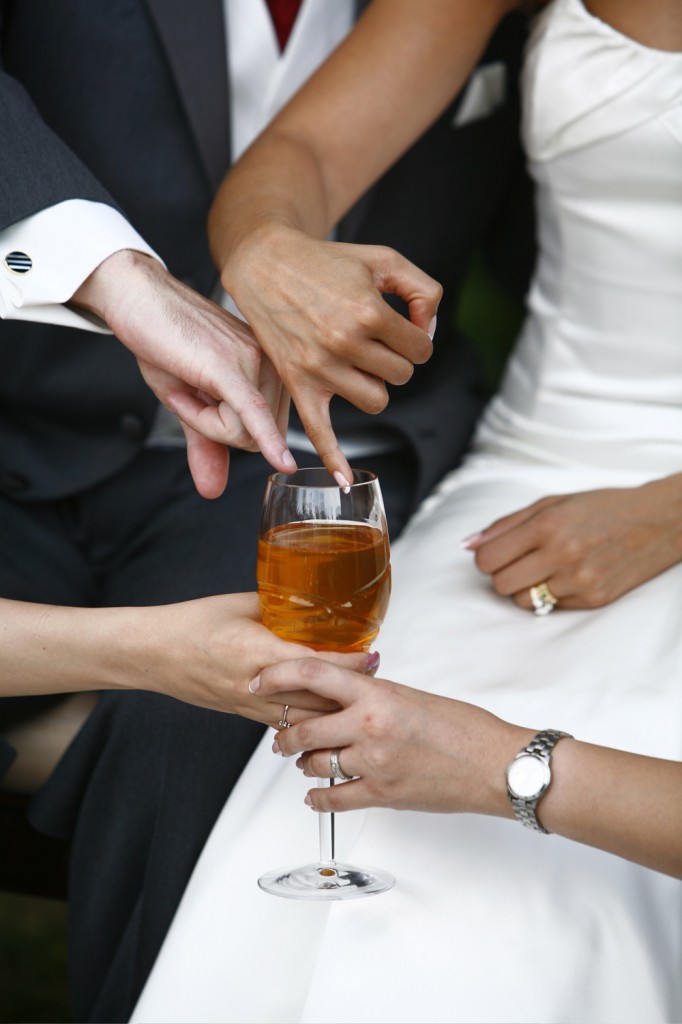
A cup or a glass of honey to sweeten life. Immediately after the couple is married they each should dip one pinky finger in the cup of honey and feed it to the other one. I find this part of the ceremony to be super sexy (as marriage should always be)!
A needle and seven strands of colored thread to figuratively sew up the mother-in-law’s lips from speaking unpleasant words to the bride! The shawl that is held above the couple’s head throughout the ceremony is sewed in one corner by the needle and threads.
A copy of the couple’s Holy Book is placed on the spread which symbolizes God’s blessing for the couple. Some couples use a poetry book instead of a religious holy book.
A prayer carpet/kit is placed in the center of the Sofreh-ye Aghd to remind the couple of the importance of prayer (both in good and bad times). If you are not religious, you can forgo this element.
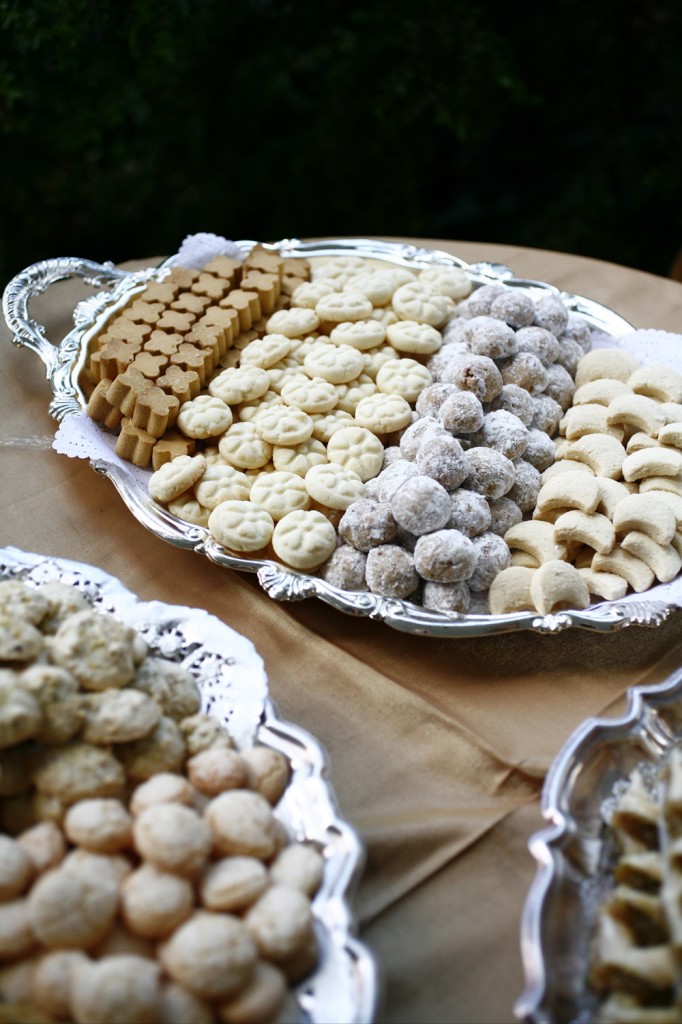
An assortment of sweets and pastries to be shared with the guests after the ceremony. The assortment usually includes: Sugar coated almond strips “Noghl”, Baklava, Mulberry-almond paste made in the shape of mulberries “Tout”, Rice-flour cookies “Noon-Berenji”, Chickpea-flour cookies “Noon-Nokhodchi”, Almond-flour cookies “Noon-Baadoomi” and Honey roasted almonds “Sohaan A’sali”.
I would like to give Farisnet.com and The Persian Mirror a thank you for their wealth of information on Persian weddings. Some excerpts on this post were taken from these websites to be sure as much accuracy as possible would be provided here. Please visit these websites for more information on other specific elements of a Persian Wedding.
Another huge thanks goes to Jennifer Domenick of Love Life Images for taking these amazing detail shots for me (and the couple)!
To see more photos from this beautiiful wedding, please see our sister post to this on Wedding Chicks by clicking here!
Happy Persian Wedding Planning!
~Katie Marin
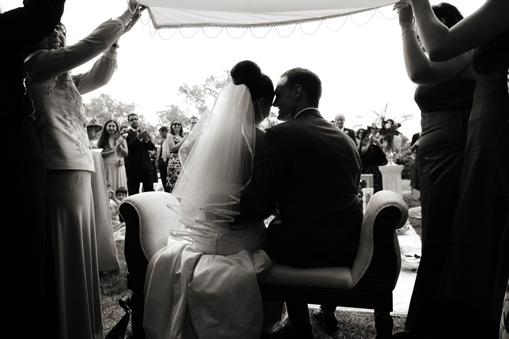
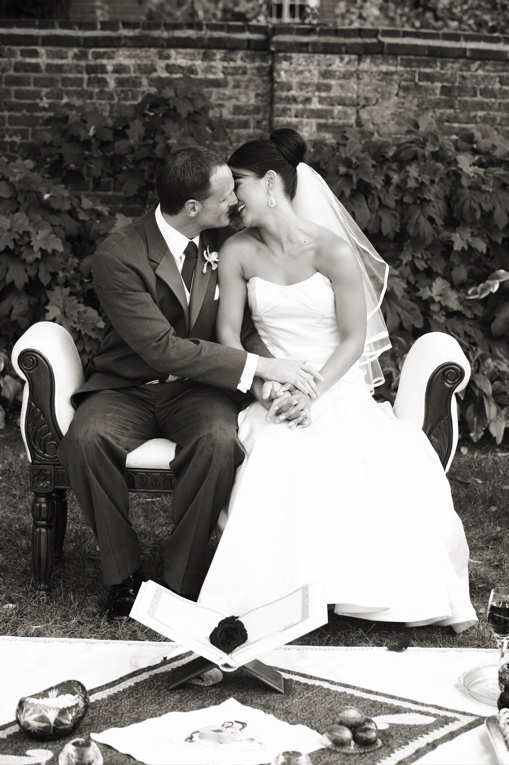
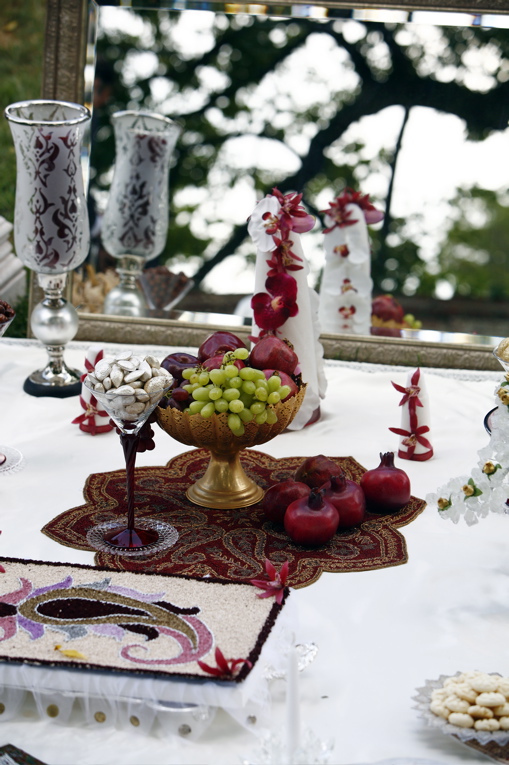
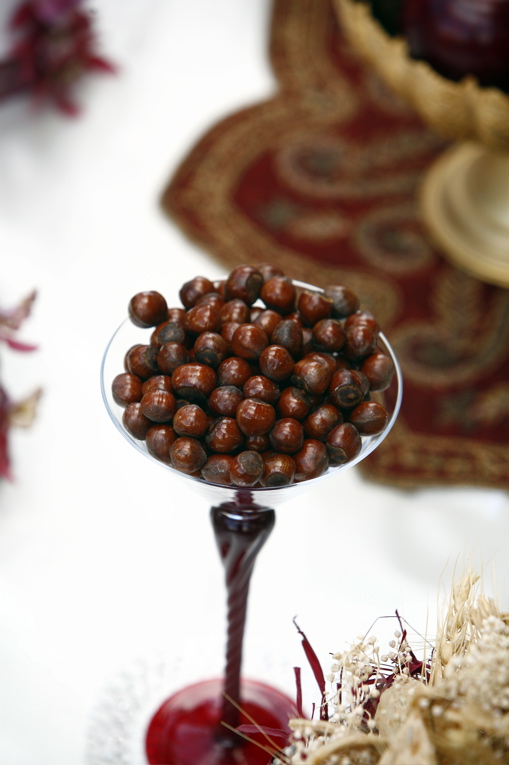
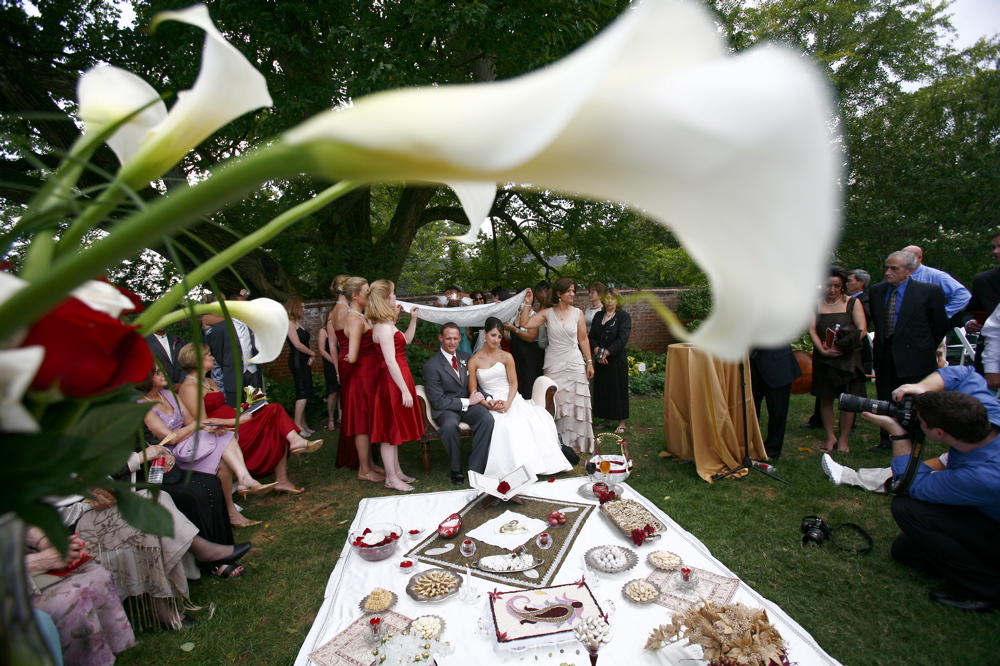
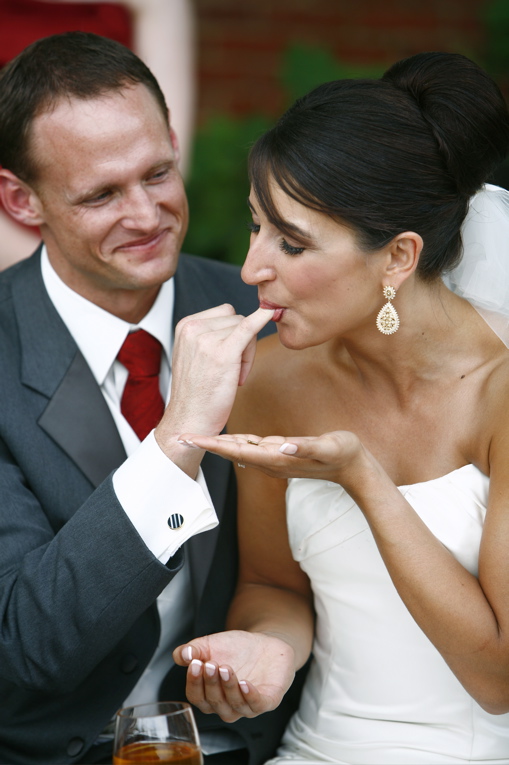
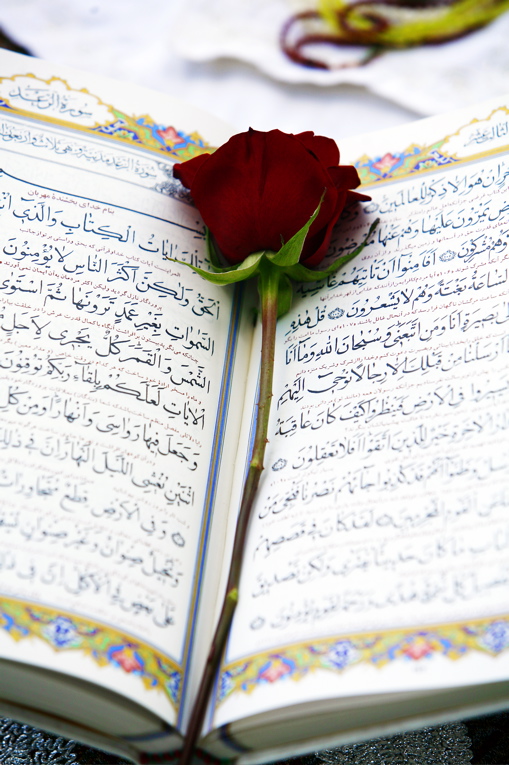
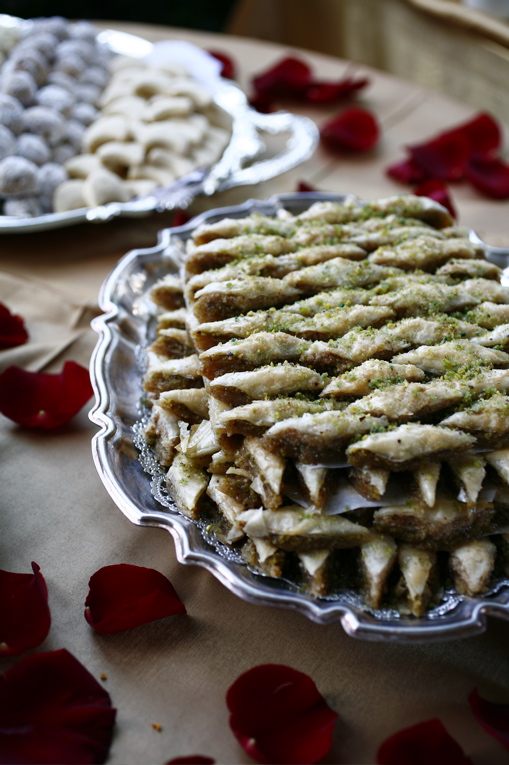
Wow, this is such a thoughtful post and really great information.
Thanks Bernadette – was hoping you would dig it!
My sister’s Persian wedding will be this year. Your pictures brought so much emotion out of me! I love this and am looking forward to her Agdh more than ever.
I’m so glad! We love Persian Weddings…so beautiful!
I have done 2 Persian/American wedding in TN. People are realty nice and friendly over there, I can’t wait to be there again.
What a lovely post!
To see tons of more Persian wedding related material as well as real wedding stories, go to: http://www.partybravo.com
Kanye is yet to comment and with no information from Kim Kardashian via Snapchat we figure the only fitting way to end this update is to rely on a earlier nugget of wisdom from the wonderful guy himself: “My biggest soreness in life is that I will never ever be capable to see myself execute live” With all these lawsuits, we think Kanye could require to rethink that. Kim Kardashian ft Ray J’s tape [url=http://wordplanes2.skyrock.com/3276040374-Kanye-West-Terrified-Above-Sex-Tape-Leak-gossip.html]find over here[/url]. If you know something about luxury bags and the Kardashians.